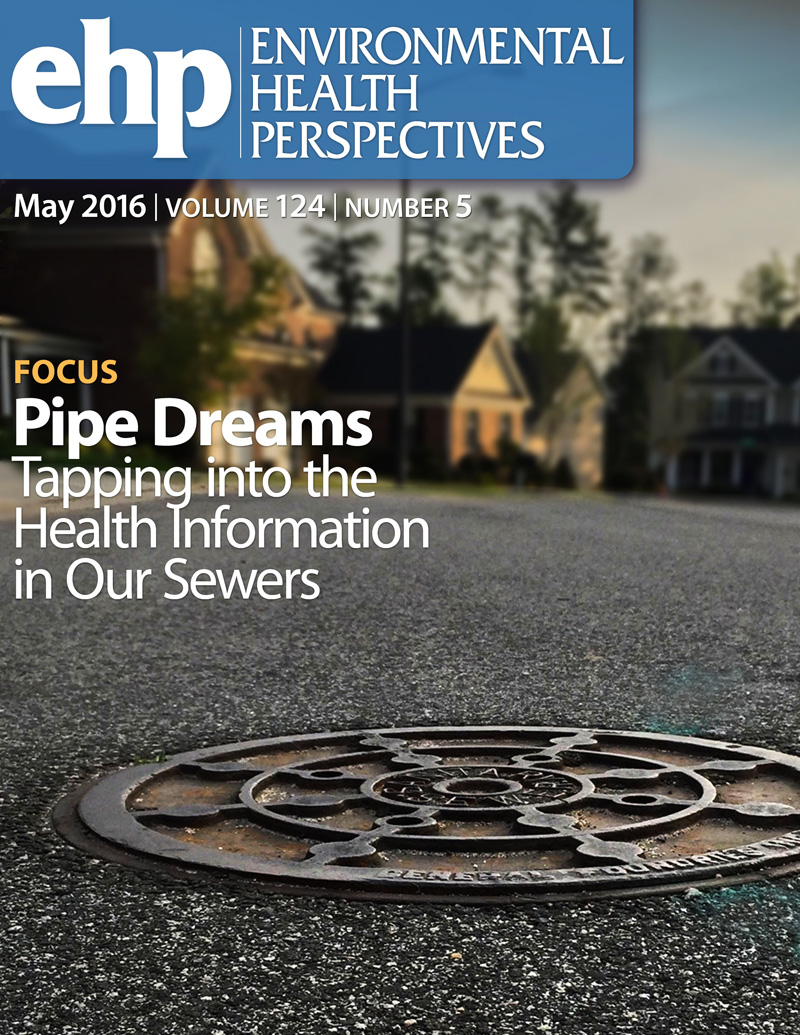A Machine Learning-Based Clustering Analysis to Explore Bisphenol A and Phthalate Exposure from Medical Devices in Infants with Congenital Heart Defects.
IF 9.8
1区 环境科学与生态学
Q1 ENVIRONMENTAL SCIENCES
引用次数: 0
Abstract
BACKGROUND Plastic-containing medical devices are commonly used in critical care units and other patient care settings. Patients are often exposed to xenobiotic agents that are leached out from plastic-containing medical devices, including bisphenol A (BPA) and phthalates. Given the potential health implications, there is an urgent need for a comprehensive understanding of this exposure. OBJECTIVES This multi-institutional study aimed to determine the time-dependent concentrations and analyze the exposure patterns of bisphenol A (BPA) and phthalate metabolites in urine obtained from infants with congenital heart defects (CHD) undergoing cardiac surgery during the peri-operative period. METHOD We collected daily urine samples from infants with CHD undergoing cardiac surgery during the peri-operative period (from birth to 21 days) and measured BPA, DEHP metabolites (MEHP, MEHHP, MEOHP, MECPP), and non-DEHP phthalate metabolites (MBP, MBzP, MMP, MEP, MCPP) using ultra-high-performance liquid chromatography-tandem mass spectrometry (UHPLC-MS/MS). Machine learning-based cluster analysis was utilized to analyze these time-dependent data. RESULTS Utilizing a machine learning-based clustering approach, six distinct clustering groups were identified among infants exhibiting similar time-series toxicokinetic exposure patterns. These distinct clustering groups correlated with the utilization of extracorporeal membrane oxygenation (ECMO) and cardiopulmonary bypass (CPB), as well as the intensity of medical care. Notably, clustering groups associated with ECMO use demonstrated elevated levels of urinary BPA and DEHP metabolites compared to those without ECMO use, a trend not observed with non-DEHP metabolites. Moreover, peak concentrations in toxicokinetic profiles were associated with intensity of medical care. DISCUSSION Our findings suggest that dynamic changes of urinary BPA and DEHP metabolites corresponded to the type and number of medical devices used in infants. Further studies are needed to investigate the potential toxicological risks of infants with CHD undergoing cardiac surgery exposed to these chemicals in medical devices. https://doi.org/10.1289/EHP15034.基于机器学习的聚类分析探讨先天性心脏缺陷婴儿从医疗器械中暴露的双酚A和邻苯二甲酸盐。
背景含塑料的医疗器械通常用于重症监护病房和其他患者护理环境。患者经常暴露于从含塑料的医疗器械中浸出的外源物质,包括双酚A (BPA)和邻苯二甲酸盐。鉴于潜在的健康影响,迫切需要全面了解这种接触。目的:本多机构研究旨在确定先天性心脏缺陷(CHD)患儿围手术期尿液中双酚A (BPA)和邻苯二甲酸酯代谢物的时间依赖性浓度,并分析其暴露模式。方法采用超高效液相色谱-质谱联用技术(UHPLC-MS/MS)对接受心脏手术的冠心病患儿围手术期(出生至21天)每日尿液进行双酚a、DEHP代谢物(MEHP、MEHHP、MEOHP、MECPP)和非DEHP邻苯二甲酸酯代谢物(MBP、MBzP、MMP、MEP、MCPP)的测定。利用基于机器学习的聚类分析来分析这些随时间变化的数据。结果利用基于机器学习的聚类方法,在具有相似时间序列毒物动力学暴露模式的婴儿中确定了六个不同的聚类组。这些不同的聚类组与体外膜氧合(ECMO)和体外循环(CPB)的使用以及医疗护理的强度相关。值得注意的是,与未使用ECMO的人群相比,使用ECMO的人群尿中BPA和DEHP代谢物水平升高,而非使用ECMO的人群没有观察到这一趋势。此外,毒性动力学谱的峰值浓度与医疗护理的强度有关。讨论:我们的研究结果表明,尿中BPA和DEHP代谢物的动态变化与婴儿使用的医疗器械的类型和数量相对应。需要进一步的研究来调查接受心脏手术的冠心病婴儿接触医疗器械中的这些化学物质的潜在毒理学风险。https://doi.org/10.1289/EHP15034。
本文章由计算机程序翻译,如有差异,请以英文原文为准。
求助全文
约1分钟内获得全文
求助全文
来源期刊

Environmental Health Perspectives
环境科学-公共卫生、环境卫生与职业卫生
CiteScore
14.40
自引率
2.90%
发文量
388
审稿时长
6 months
期刊介绍:
Environmental Health Perspectives (EHP) is a monthly peer-reviewed journal supported by the National Institute of Environmental Health Sciences, part of the National Institutes of Health under the U.S. Department of Health and Human Services. Its mission is to facilitate discussions on the connections between the environment and human health by publishing top-notch research and news. EHP ranks third in Public, Environmental, and Occupational Health, fourth in Toxicology, and fifth in Environmental Sciences.
 求助内容:
求助内容: 应助结果提醒方式:
应助结果提醒方式:


